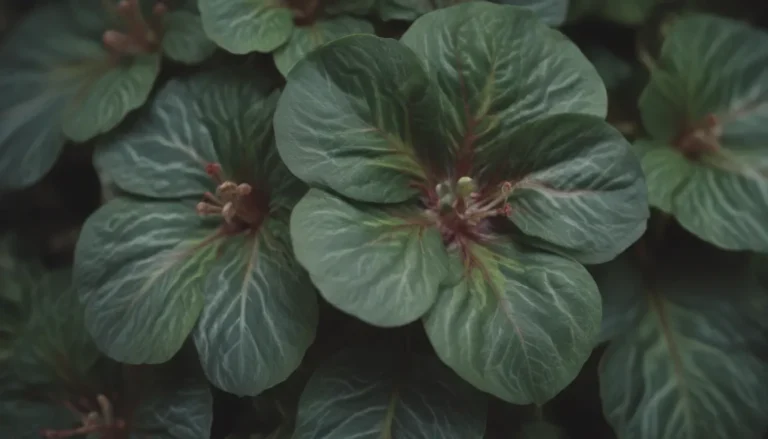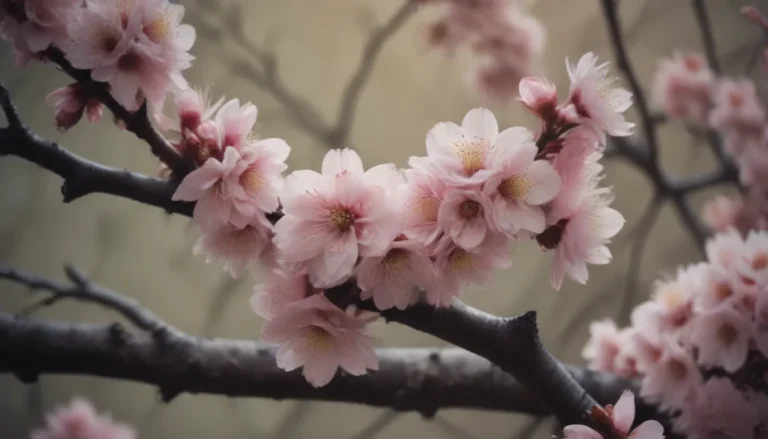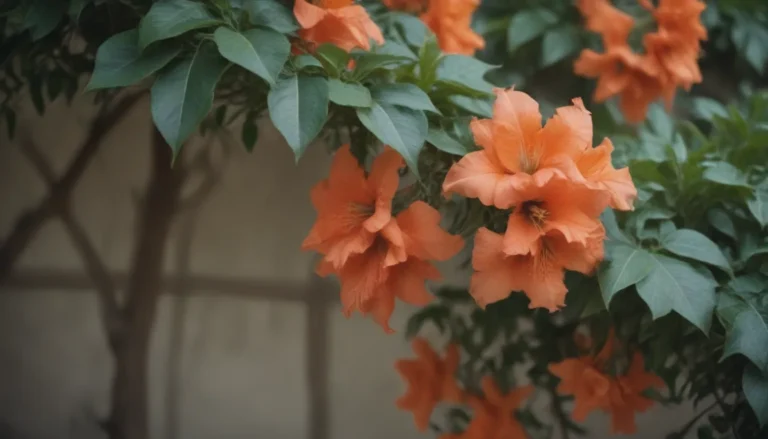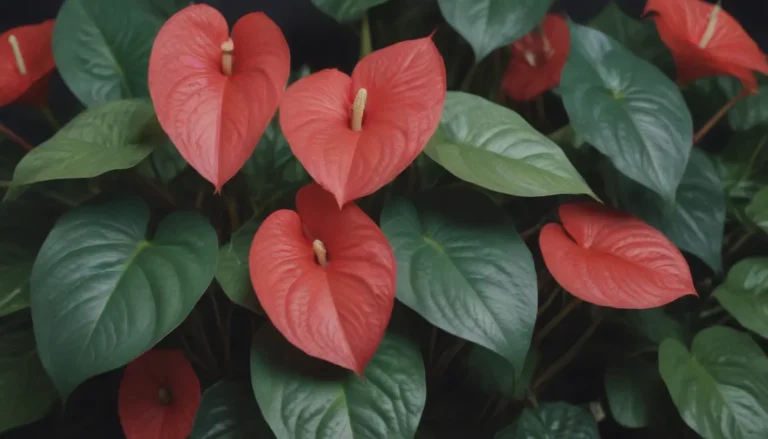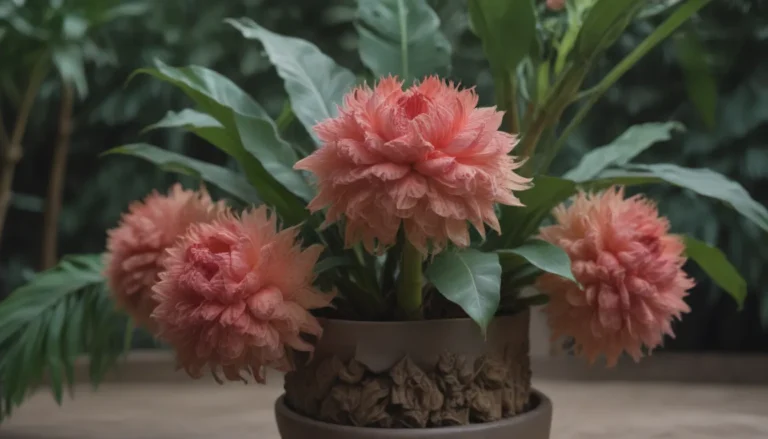The Ultimate Guide to Growing and Caring for Begonia Maculata
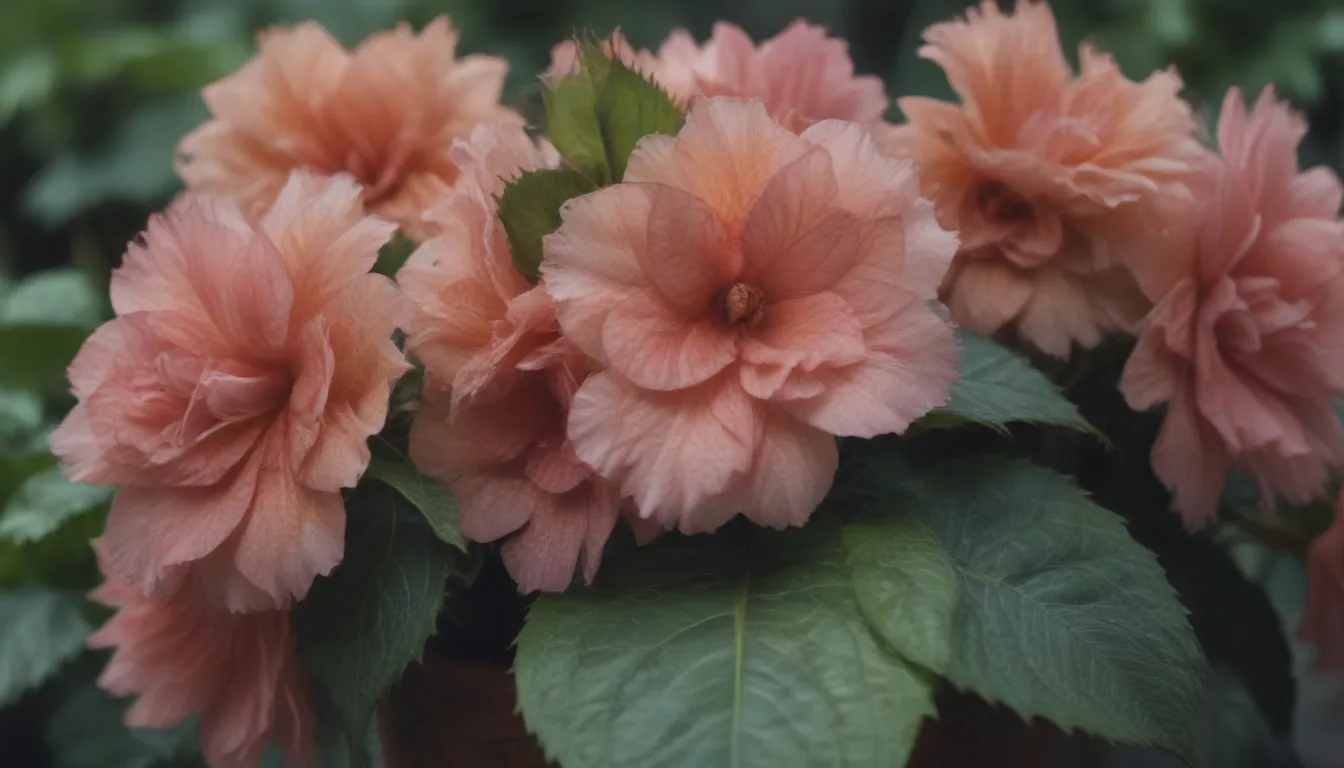
Begonia maculata, also known as the polka dot begonia, is a stunning tropical perennial that is sure to add a touch of elegance to any space. With its striking spotted leaves in shades of dark green and silver, this plant is a favorite among plant enthusiasts. In this comprehensive guide, we will walk you through everything you need to know about growing and caring for Begonia maculata so you can enjoy its beauty in your own home.
Begonia Maculata Care Tips
Here are the main care requirements for growing Begonia maculata:
Light
- Begonia maculata thrives in partial sunlight. Place it near a window where it can receive indirect sunlight.
- Be mindful of the changing sunlight throughout the seasons, especially during the winter months when daylight hours are shorter.
Soil
- This plant prefers moist, rich soil. Use a good potting mix or sandy loam soil for optimal growth.
- Ensure proper drainage by adding perlite to the soil mix.
Water
- Do not overwater your Begonia maculata. Allow the top 1/2 inch of soil to dry out before watering.
- Water no more than twice a week, adjusting frequency based on humidity levels in your home.
Temperature and Humidity
- Begonia maculata thrives in temperatures between 65 and 70 degrees Fahrenheit.
- Maintain humidity levels between 45 and 50 percent. Consider using a humidifier to ensure ideal conditions.
Fertilizer
- Use a slow-release liquid fertilizer with a 10-10-10 formula to enhance bloom production.
- Apply fertilizer in spring and every two to three weeks as needed.
Types of Begonia Maculata
There are several varieties of Begonia maculata to explore, each with unique characteristics:
- Begonia maculata ˈWightiiˈ
- Begonia maculata ‘Tamaya’
- Begonia maculata ‘Annan Grace’
- Begonia maculata ‘Flamingo Queen’
- Begonia x albopicta
Pruning Must be Done
Regular pruning is essential to maintain the health and appearance of your polka dot begonia. Pruning should be done in late autumn or after a blooming period to promote new growth.
Propagating Begonia Maculata
You can propagate Begonia maculata using small cuttings. Optimal time for propagation is during late winter when the plant has fewer flowers.
Potting and Repotting Tips
As Begonia maculata grows, you may need to transfer it to a larger pot and refresh the soil. This should be done in early spring before the active growing season.
Dealing with Pests and Diseases
Begonia maculata is susceptible to pests such as spider mites, whiteflies, and mealybugs. Utilize insecticidal soaps or rubbing alcohol to manage infestations. Fungal diseases like powdery mildew can be treated with neem oil.
How to Stimulate Blooming in Begonia Maculata
Encouraging your Begonia maculata to bloom requires providing adequate sunlight, proper fertilization, and avoiding overwatering. Deadheading spent flowers and removing debris from the soil surface can also promote blooming.
Common Problems with Begonia Maculata
- Drying, pale leaves: This may indicate the plant is receiving too much bright light. Move it to a shadier spot.
- Wilting leaves: Lack of light or overwatering could be the cause. Check for root rot and adjust care accordingly.
- White substances on leaves: Wipe off mealybugs with rubbing alcohol and treat powdery mildew with a fungicide.
In conclusion, growing and caring for Begonia maculata requires attention to detail and a commitment to providing the ideal environment for this tropical beauty. With the right care and maintenance, you can enjoy the stunning foliage and delicate blooms of Begonia maculata in your home year-round. Remember to monitor your plant regularly, address any issues promptly, and enjoy the rewards of a thriving Begonia maculata plant in your space.

